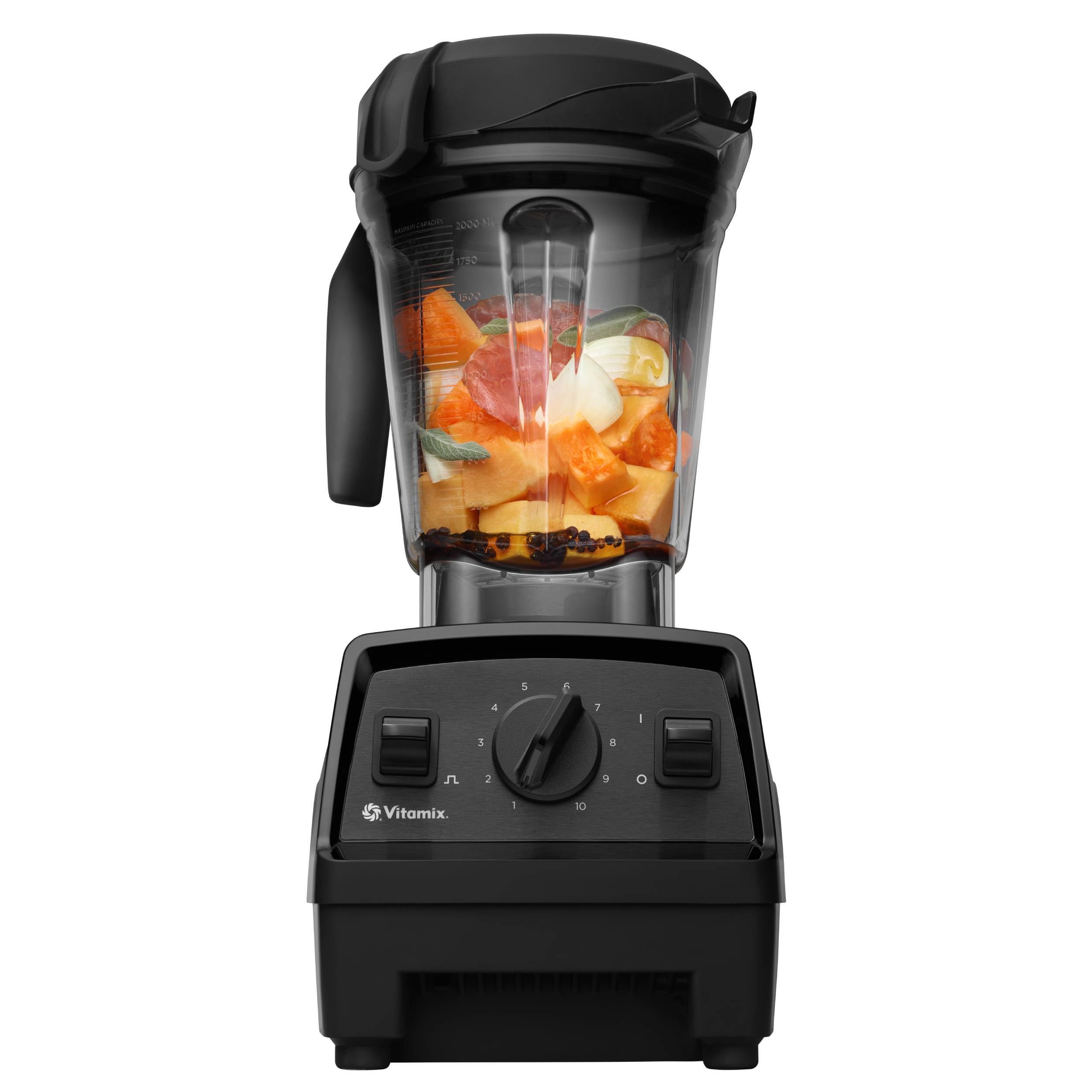Have you ever found yourself in the middle of cooking, only to realize your induction stove’s touch controls aren’t responding? It’s frustrating, especially when you’re trying to whip up a delicious meal. You might be wondering what went wrong and how to fix it.
Key Takeaways
- Common Causes: Unresponsive touch controls can result from power supply issues, sensor malfunctions, or incompatible cookware. Identify these issues for effective troubleshooting.
- Troubleshooting Steps: Start with simple solutions like resetting the stove, checking cookware compatibility, and inspecting the touch controls for cleanliness or damage.
- When to Call a Professional: Seek professional help if issues persist despite troubleshooting, especially if you notice signs like persistent unresponsiveness or overheating.
- Preventive Measures: Regularly clean your stove’s surface, check electrical connections, and ensure compatibility with cookware to prevent touch control problems.
- Cookware Compatibility: Use flat-bottomed, magnetic pots and pans of the correct size for optimal stovetop performance.
Common Causes Of Induction Stove Touch Not Working
Unresponsive touch controls on induction stoves can stem from various issues. Understanding these causes can help you troubleshoot effectively.
Power Supply Issues
Power supply problems often lead to malfunctioning touch controls. Check the following:





- Loose Connections: Ensure the power cord connects securely to the outlet.
- Tripped Circuit Breaker: Inspect the circuit breaker for any tripped switches.
- Voltage Fluctuations: Measure the voltage with a multimeter to confirm it’s within the acceptable range for your stove.
Sensor Malfunction
Sometimes, the stove’s sensors may fail or become less responsive. Investigate:
- Dirty Surface: Clean the touch control panel with a soft, damp cloth. Stains can interfere with sensor function.
- Misalignment: Check if the stove’s internal components shifted. Realigning them might restore functionality.
- Overheating: Ensure sufficient ventilation around the stove. Overheating can cause sensors to stop responding temporarily.
- Flat Bottoms: Use pots and pans with flat, smooth bottoms for better contact with induction surfaces.
- Magnetic Material: Ensure cookware is magnetic. Use a magnet to test compatibility; if it doesn’t stick, it won’t work on induction.
- Size Matters: Confirm the cookware is the correct size for your burners, as improperly sized cookware can inhibit stove performance.
Troubleshooting Steps
If your induction stove’s touch controls aren’t responding, several straightforward steps can help diagnose and resolve the issue.
Resetting The Induction Stove
Resetting your induction stove often fixes unresponsive controls. To reset:
- Unplug the stove from the power outlet.
- Wait for 5-10 minutes.
- Plug the stove back in.
This process often clears minor glitches and restores functionality.
Checking Cookware Compatibility
Cookware compatibility significantly impacts touch control performance. Ensure you’re using:





- Flat-bottomed, magnetic pots and pans.
- Cookware that matches the size requirements of the heating element.
Using incompatible cookware can prevent the stove from detecting pots, resulting in unresponsive controls.
Inspecting The Touch Controls
Inspecting the touch controls can reveal issues like dirt or damage. Follow these steps:
- Clean the touch panel gently with a soft, damp cloth to remove residue.
- Check for any visible cracks or damage.
- Ensure no obstructions are covering the controls.
Addressing cleanliness and damage often restores responsive touch functionality.
When To Call A Professional
If your induction stove’s touch controls remain unresponsive despite troubleshooting attempts, it’s time to consider professional help. Certain signs indicate serious issues that require a technician’s expertise.
Signs Of Serious Issues
- Persistent Unresponsiveness: If the touch controls don’t respond after multiple resets and cleanings, it may signal an internal problem.
- Display Malfunctions: Flickering or blank displays might indicate deeper electronics or power supply issues.
- Overheating: If the stove heats excessively or shuts down unexpectedly, this could point to serious electrical faults.
- Unusual Noises: Listen for odd sounds, like clicking or buzzing, which can suggest component failures.
- Frequent Circuit Breaker Trips: If your stove trips the breaker often, it indicates a significant electrical fault needing immediate attention.
- Research Local Services: Search online for appliance repair services that specialize in induction stoves. Look for customer reviews and ratings.
- Verify Certifications: Ensure the technician holds relevant certifications and has experience with induction cooking systems.
- Request Estimates: Get quotes from multiple repair services. Compare prices and services offered before making a decision.
- Ask for References: Inquire about past jobs or ask friends and family for recommendations to find a trusted technician.
- Check Warranties: If your stove is under warranty, contact the manufacturer for authorized repair options to avoid voiding coverage.
Preventive Measures
Taking preventive measures helps maintain your induction stove’s functionality. Simple habits can avoid touch control issues and enhance your cooking experience.





Regular Maintenance Tips
- Clean Surfaces Frequently: Wipe down the touch panel and surface after each use. Use a soft cloth and mild cleaner to prevent dirt buildup, which can hinder responsiveness.
- Inspect for Damage: Regularly check the surface and controls for scratches or cracks. Small damages may interfere with touch sensitivity.
- Test Connections: Periodically ensure power connections are secure. Loose cords can lead to inconsistent performance.
- Check for Overheating: Allow your stove to cool completely after use. Overheating can affect touch control function. If the stove gets excessively hot, look for ventilation issues.
- Choose Compatible Cookware: Always use flat-bottomed, magnetic cookware. Pots and pans should match the size requirements for optimal performance on the induction surface.
- Avoid Lightweight Cookware: Heavy materials hold heat better and minimize the risk of overheating the stove. Lightweight cookware can result in unstable cooking conditions.
- Keep Cookware Clean: Regularly inspect your cookware for any residue or damage. Dirty or damaged materials may lead to irregular contact with the induction surface, causing touch controls to misbehave.
- Use Correct Settings: Familiarize yourself with the specific settings for your cookware. Using appropriate power levels ensures that your stove operates smoothly.
Conclusion
Dealing with an unresponsive touch control on your induction stove can be frustrating but you’re not alone. By following the troubleshooting steps and preventive measures outlined, you can often resolve the issue and get back to cooking your favorite meals. Remember to keep your cookware compatible and maintain a clean cooking surface to prevent future problems. If you still face difficulties after trying these solutions, don’t hesitate to reach out for professional help. With a little patience and care, you can enjoy a seamless cooking experience once again.
Frequently Asked Questions
What causes unresponsive touch controls on induction stoves?
Unresponsive touch controls can be caused by several factors, including power supply issues like loose connections and tripped circuit breakers, sensor malfunctions due to dirt or misalignment, and the use of incompatible cookware.
How can I troubleshoot my induction stove’s touch controls?
To troubleshoot, try unplugging the stove for 5-10 minutes to reset it. Check your cookware for compatibility, ensuring it’s the right size and made of flat-bottomed magnetic material. Clean the touch controls gently to remove any dirt or obstructions.
When should I consider professional help for my induction stove?
Seek professional help if your stove’s touch controls remain unresponsive after troubleshooting. Additionally, persistent display malfunctions, unusual noises, overheating, and frequent tripping of the circuit breaker are signs of serious issues that require a technician’s expertise.
What types of cookware are suitable for induction stoves?
For optimal performance, use flat-bottomed, magnetic pots and pans that are the correct size for the induction burners. Avoid lightweight materials that may not provide proper contact with the cooktop.
How can I maintain my induction stove to prevent touch control issues?
Regular maintenance is key. Clean surfaces often, inspect for damage, test power connections, and check for overheating. Use compatible cookware and familiarize yourself with the correct settings to enhance your cooking experience.

Hey, I’m Jake. I focus on cooling systems at Appliance Mastery, like fridges, freezers, and air conditioners.
I’ve worked in appliance repair for more than ten years and I’m certified through NASTeC. I’ve seen just about every fridge issue you can imagine.
My goal is to help you fix problems without stress. Whether it’s a freezer that won’t cool or an AC that keeps beeping, I’m here to walk you through it.
